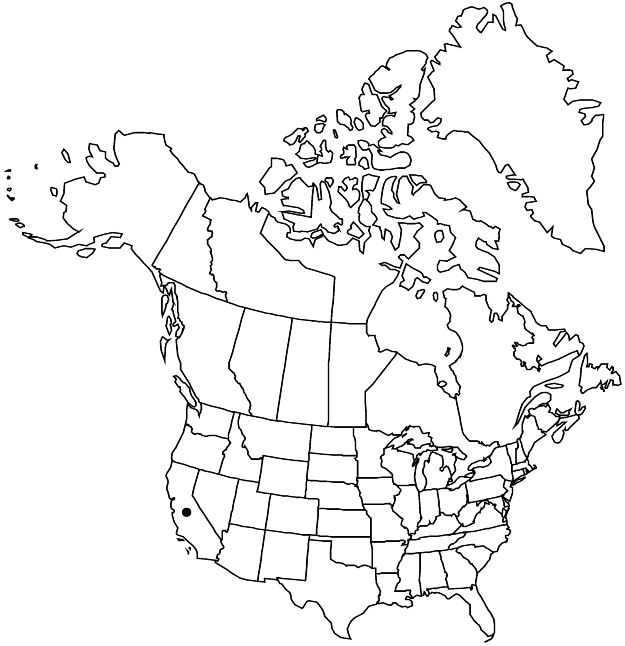Ceanothus incanus
Fl. N. Amer. 1: 265. 1838.
Shrubs, evergreen, 1–4 m. Stems erect, not rooting at nodes; branchlets light gray, glaucous, thorn-tipped or not, round or slightly angled in cross-section, rigid, puberulent, glabrescent. Leaves not fascicled; petiole 3–12 mm; blade flat, elliptic, ovate, or suborbiculate, 20–60 × 10–30 mm, base rounded or subcordate, margins entire, sometimes minutely glandular-denticulate above middle, glands 26–52, apex obtuse, abaxial surface pale green, appressed-puberulent, glabrescent, adaxial surface grayish green, dull, glabrate; 3-veined from base. Inflorescences axillary, usually paniclelike, sometimes racemelike, 3–6 cm. Flowers: sepals, petals, and nectary usually white to cream, sometimes pink. Capsules 4–5 mm wide, ± lobed; valves rugose, viscid when young, not or weakly crested. 2n = 24.
Phenology: Flowering Apr–Jun.
Habitat: Flats, slopes, chaparral, open sites in conifer and mixed evergreen forests.
Elevation: 60–1000 m.
Discussion
Ceanothus incanus is restricted to the Klamath and Santa Cruz mountains and North Coast Ranges of California. Some populations are evidently polymorphic for the presence of thorn-tipped or non-thorn-tipped branchlets (F. K. Klein 1970). Putative hybrids with C. papillosus and C. parryi have been reported (H. McMinn 1944); hybrids with C. thyrsiflorus have been called C. ×vanrensselaeri Roof.
Selected References
None.
Lower Taxa
"thin" is not a number.
